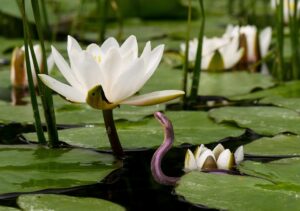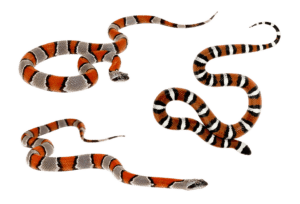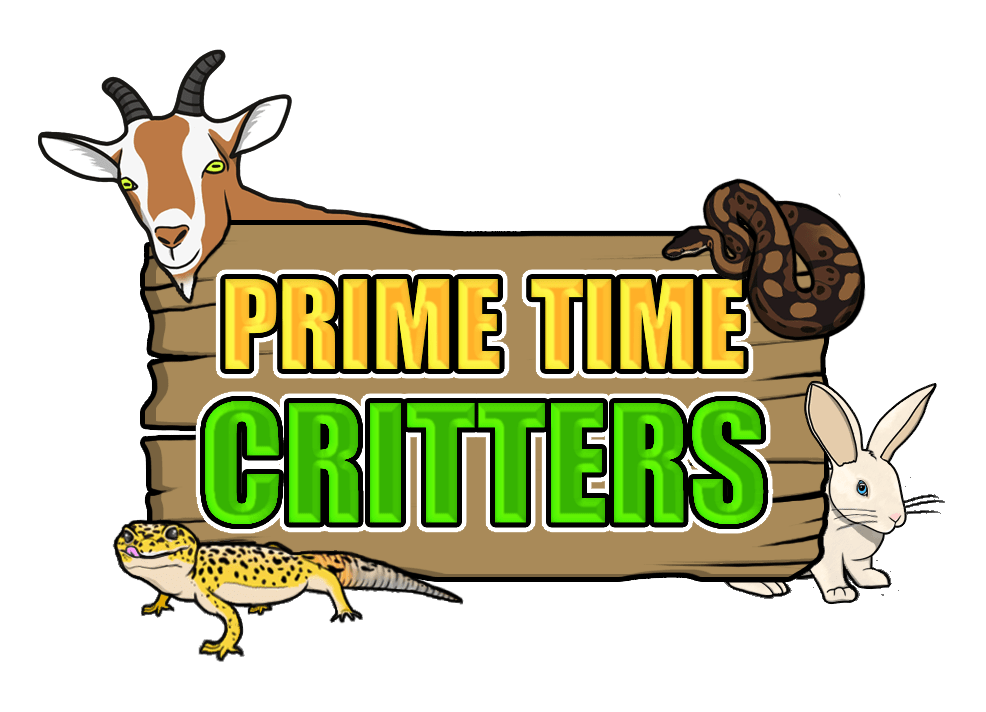
Facebook
Twitter
LinkedIn
[ad_1]
The Mighty Boa Constrictor: An Impressive Snake Worthy of Appreciation
Boa constrictors, scientifically known as Boa constrictor imperator, are fascinating reptiles that captivate the attention of snake enthusiasts and curious minds alike. These magnificent creatures are found mainly in Central and South America, displaying remarkable adaptations and behaviors that make them a truly remarkable species. In this article, we will explore the world of boa constrictors, dive into their unique characteristics, and provide information on how to properly care for them as pets. Should any readers have questions or require additional information, Prime Time Critters is here to assist them in their journey.
Boa constrictors are remarkable both in size and appearance. Adults can grow to be between six to ten feet long, with some exceptional individuals reaching up to twelve feet. They have a muscular body covered with distinctive patterns, usually a mix of browns, tans, and blacks, which aids in their camouflage while hunting in their natural habitat. One striking feature of the boa constrictor is its head shape: triangular and adorned with distinctive heat-sensing pits near its mouth, enabling the snake to locate warm-blooded prey. These heat-sensing abilities are especially useful when hunting in low-light environments or dense vegetation.
Let’s delve into some interesting facts about boa constrictors:
Fact Sheet – Boa Constrictor:
Species: Boa constrictor imperator
Range: Primarily found in Central and South America
Size: Adults can reach lengths of up to 12 feet
Appearance: Muscular body with a pattern of browns, tans, and blacks
Diet: Prey on warm-blooded animals such as rodents, small mammals, and birds
Reproduction: Typically give birth to live young after a gestation period of 100-110 days
Lifecycle: Lifespan of 25-30 years
Habitat: Thrive in tropical rainforests, semi-arid regions, and swamps
Conservation Status: Least Concern (According to the International Union for Conservation of Nature)
These astonishing creatures are not only intriguing but can also be kept as pets for those willing to commit to their care. Providing a suitable environment and meeting their specific needs is crucial in ensuring their well-being. Here’s a care sheet to guide potential boa constrictor owners:
Care Sheet – Boa Constrictor:
1. Enclosure: A spacious, escape-proof enclosure is essential. Provide a heat gradient within the enclosure, allowing the snake to thermoregulate. A hiding spot at both the warm and cool ends is vital.
2. Temperature and Lighting: Maintain a warm spot of 85-90°F (29-32°C) and a cool spot of 78-82°F (25-28°C). Use a heat source, such as an under-tank heater or ceramic heat emitter, along with a thermostat to regulate the temperatures. Lighting should mimic a natural day/night cycle, ensuring 12 hours of light and 12 hours of darkness.
3. Substrate: Choose a substrate that allows for burrowing and retains humidity, such as cypress mulch or coconut fiber.
4. Feeding: Provide appropriate-sized prey items every 1-2 weeks for juveniles and every 2-4 weeks for adults. Prey items should be no larger than 1.5x the girth of the snake.
5. Handling and Maintenance: Handle your boa constrictor with care and respect, ensuring proper support and avoiding sudden movements. Regularly clean the enclosure, removing waste and maintaining proper humidity levels.
Before deciding to add a boa constrictor to your home, it is crucial to research and fully understand their needs and requirements. Proper care and commitment are necessary to ensure a comfortable life for your boa constrictor and a rewarding experience for you as its caretaker.
While this article serves as an informative guide, there may be further inquiries or specific questions that readers might have regarding boa constrictors. If you require additional information or need expert advice, feel free to reach out to us at Prime Time Critters. We are here to offer guidance and support as you embark on this incredible journey of understanding and appreciating these captivating reptiles.
[ad_2]
Through education and awareness, I strive to inspire the next generation of caregivers, conservationists and environmental advocates.




Get updates about our newsletters!
